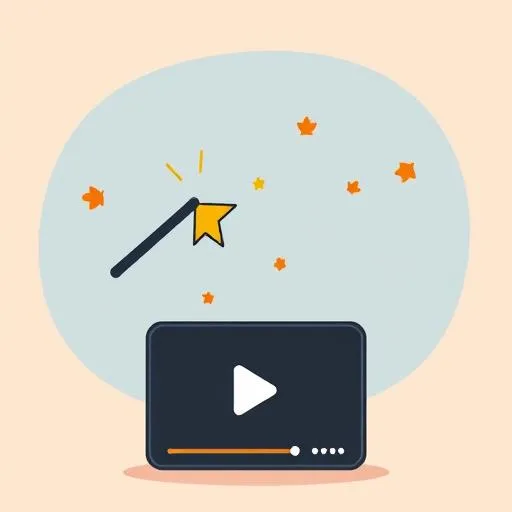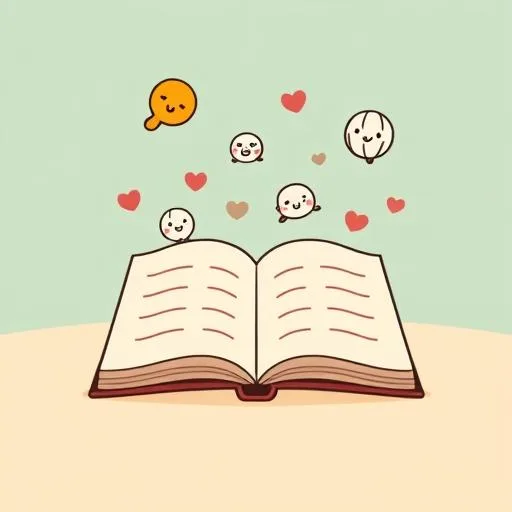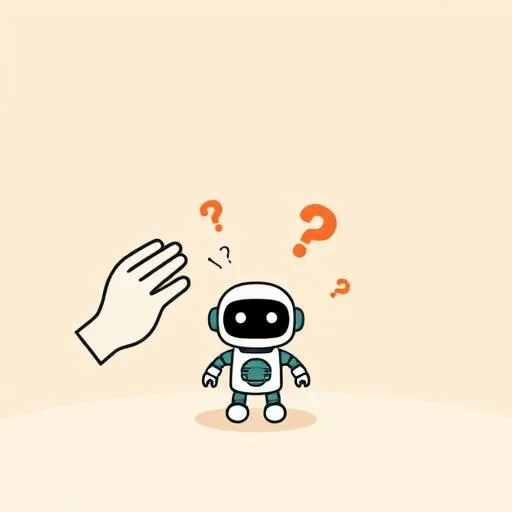
Have you ever watched your little one draw a three-headed puppy flying a rocket ship made of cheese and thought, ‘I wish the whole world could see this exactly as you do’? This was exactly how I felt when my daughter excitedly described her latest creation—a friendly robot delivering flowers on a skateboard. As I tried to visualize her imaginative story, I realized how difficult it can be to truly capture the whimsical worlds that children create.
What if we could actually *watch* these imaginative creations come to life? The world of AI video generators is opening up incredible possibilities for families. With tools like OpenAI’s Sora, Google’s Veo 3, and Midjourney entering the scene, it feels like we’ve just been handed a key to unlocking our kids’ boundless imaginations in ways we never could before.
How Do AI Video Generators Like Sora, Veo, and Midjourney Work?

Let me break it down simply. AI video generators are like creative playgrounds, and the main attractions have names like OpenAI’s Sora, Google’s Veo 3, and Midjourney. Think of them as different kinds of creative tools that help bring ideas to life. Sora and Veo work like magic translators—you type out your idea, such as “a happy bear riding a bicycle through a field of glowing mushrooms,” and these platforms transform your words into moving images. What’s fascinating is how they understand not just the words but how things move and interact in the real world.
Sora seems to be aiming for stunning realism, while Veo 3 even adds sound effects directly to the creations. Suddenly, having these AI video tools accessible makes video creation feel like having a miniature production studio right at home. Then there’s Midjourney, which takes a slightly different approach. I find it quite ingenious—it’s more of a visual animator. You start with an image, perhaps a drawing your child has created, and Midjourney adds the element of motion. This image-first philosophy is fantastic for kids who already enjoy drawing but want to see their creations come alive. Each AI video tool offers a unique way to transform imagination into visual storytelling.
Building on that imagination, let’s explore how these tools can actually transform your child’s storytelling experience in meaningful ways.
How Can AI Video Generators Transform Your Child’s Storytelling?

Now that we understand how these tools work, the next question is: what does this mean for creativity? Sure, the initial “wow” factor is exciting, but what truly matters is how these AI video generators are changing how our kids express their boundless ideas. Have you ever tried explaining your child’s wild drawings to someone else? Chances are, it’s a challenge to fully capture what they see in their mind’s eye. Now, imagine being able to bring those exact visions to life!
Research is already showing how these AI video tools are leveling the creative playing field. What was once the domain of professional studios is now accessible to curious creators of all ages. This is actually a game-changer for our little creators, allowing them to become storytellers and directors without needing specialized equipment or technical skills.
What we’re witnessing is the evolution of a new form of literacy. Our children are learning to articulate their vision through both words (for Sora and Veo) and images (for Midjourney). To get great results, they learn that specificity matters—choosing the right words to describe a scene or understanding how a static image might begin to tell a story through movement. These aren’t just technical skills; they’re fundamental to creative expression and communication. We’re not replacing traditional art forms like painting or building blocks—we’re adding a powerful digital tool to their creative toolkit, helping them build entire worlds from the whispers of their imagination.
As parents from diverse backgrounds raising children in increasingly connected communities, we see how these tools can help bridge distances and share cultural stories in new ways. Imagine making a short animated story that combines family traditions with your child’s imagination—that’s the kind of meaningful connection these AI video tools can facilitate.
How Can We Guide Our Kids Using These AI Video Generators?

With any exciting new technology comes our responsibility as parents to guide meaningful use. These AI video generators aren’t just tools to hand over and let kids explore alone. Instead, they’re invitations for us to sit down beside our children and create together. Think of yourself as the creative co-pilot—perhaps suggesting directions like, “What if we create a video about kindness today?” or “Let’s make a story where characters learn to share and help each other.”
My daughter and I recently spent an afternoon creating a short video about a robot who learns to share. The process became a wonderful conversation about friendship and generosity all sparked by our creative experiment. That’s the kind of connection through AI video creation that matters most. It’s not just about the technology—it’s about the conversations it sparks and values we reinforce during our creative time together.
It’s also important to be mindful users. We’ve noticed that platforms like Google with Veo 3 are exploring watermarks called SynthID to label AI-generated content—a positive step toward transparency. Understanding the rules of these tools helps us use them responsibly. For instance, OpenAI’s policy allows you to opt out of having your creations used for training their models. These aren’t scary technical details—they’re simply part of learning to use any new tool wisely and ethically with our children.
Screen time remains a significant concern for many families, including ours. That’s why we’ve established clear boundaries: no more than 30 minutes at a time with these AI video tools, always during family hours, and always with an activity that we can extend into the real world afterward. For example, after creating a video about underwater adventure, we might visit our local aquarium or draw pictures of sea creatures. This balance between digital creativity and real-world experiences helps our children develop a healthy relationship with technology while nurturing their imagination in multiple dimensions.
How Do AI Video Generators Build Future-Ready Skills?

As parents, we constantly wonder what skills will truly matter for our children’s future. I like to think about future-ready skills not as specific technical knowledge but as mindsets and abilities—the capacity to imagine, to articulate ideas clearly, to iterate and improve, and to collaborate.
When children work with AI video generators, they develop this mindset naturally. The process typically involves dreaming up a concept, refining their vision in a prompt through careful word choice, reviewing the output, and making adjustments. This cycle teaches resilience, critical thinking, and creative problem-solving—skills that transcend technology. These AI video creation experiences become powerful invisible teachers of how to bring ideas from imagination to reality.
And let’s not forget that balance is key. After creating an amazing video of a fantastical jungle using these AI video tools, what better follow-up than a family walk to a real park or nature reserve? The digital world can inspire appreciation for the natural world while enhancing rather than replacing outdoor experiences. When we thoughtfully integrate AI video creation into our children’s lives, we’re helping them develop both digital literacy and analog awareness—both crucial in our increasingly connected world.
Have you ever considered what stories you might create together that connect your family’s heritage with your child’s imagination? For our family, blending elements of our Korean background with our Canadian experiences in these creative projects has become a beautiful way to share across generations and maintain cultural ties while living far from extended family. These AI video tools can become bridges between worlds—both digital and physical, local and global.
The future isn’t something to fear—it’s something we get to create, one imaginative project at a time, right alongside the people who matter most. What a hopeful time to be guiding children through this technological revolution, armed not with anxiety but with creativity and connection!
Source: AI Video Generators Are Here: Everything in OpenAI’s Sora, Google’s Veo 3 and Midjourney, Slashdot, 2025/09/08
